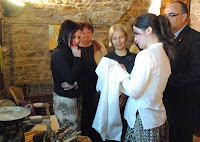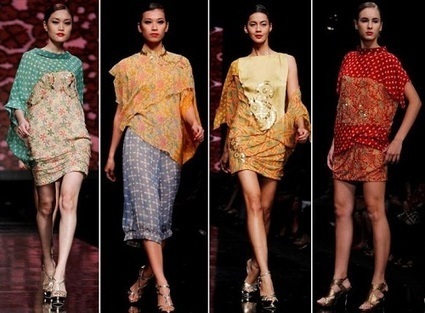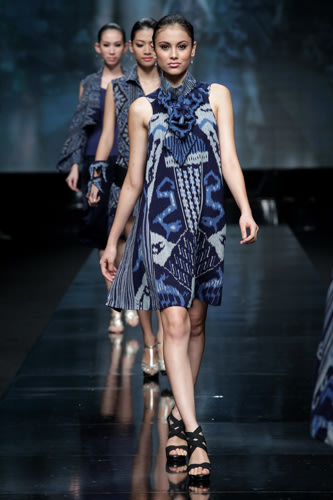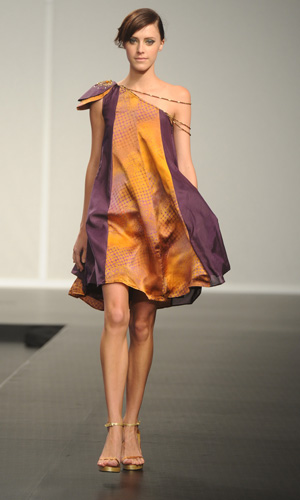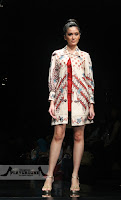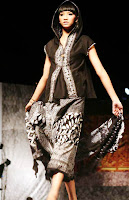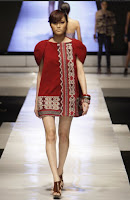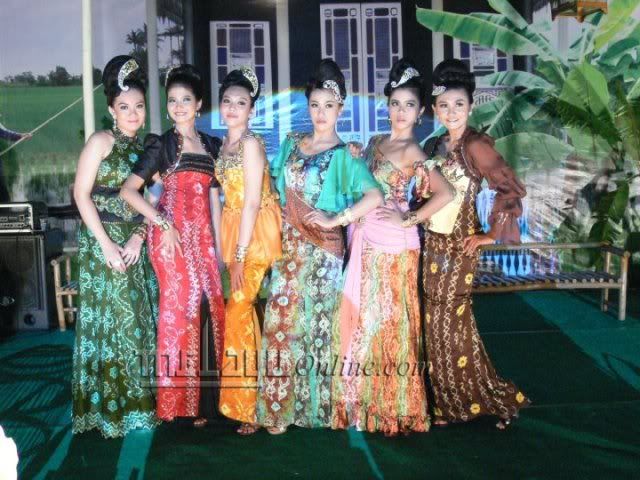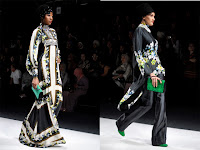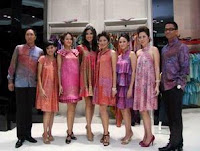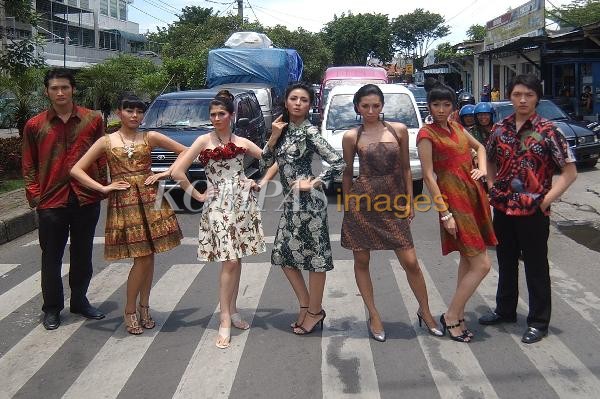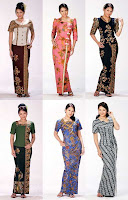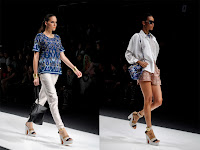Where to shop in Ubud?
- 1.Highways
Located just at the start of wacky Antonia Blanco's Museum, Jalan Raya comes to an only near the Bamboo Gallery. This is a great place if you want to shop for artifacts, antique pieces, or artworks. Check out the Neka Art museum for exquisite pieces of art. If you wish to shop for cotton or casual apparels, silvery jewelry, faux designer stuffs, or indigenous handworks, then turn on to the Monkey Forest Road.
- 2. Ubud Market
 Moving further down the Monkey Forest Road, you will find yourself in Ubud Market. This place offers quite a lot of admirable stuffs, including fans, fancy handicrafts, handmade jewelry, batik bags, and baskets, and that too at affordable rates. If you are lucky enough, then you could enjoy the market getting live and big. This happens once in three days, when women from the nearby villages come for selling and buying a wide assortment of things, including fresh fruits and vegetables.
Moving further down the Monkey Forest Road, you will find yourself in Ubud Market. This place offers quite a lot of admirable stuffs, including fans, fancy handicrafts, handmade jewelry, batik bags, and baskets, and that too at affordable rates. If you are lucky enough, then you could enjoy the market getting live and big. This happens once in three days, when women from the nearby villages come for selling and buying a wide assortment of things, including fresh fruits and vegetables.

- 3. Batubulan

It is time for you to move on Batubulan now. Check out for the cleverly crafted pieces of carved stones. However, you have to be an expert or else you might end up paying handsomely for some cheaper work that would have been "crafted" from concrete.
- 4.Hanuman Road
 Located at cross-roads with Jalan Raya, this street is gaining popularity as a shopper's destination in Ubud. Check out the Oasis Bali to pick your favorite women's clothing or if you want a tailor fit, the Buy Made is a great choice.
Located at cross-roads with Jalan Raya, this street is gaining popularity as a shopper's destination in Ubud. Check out the Oasis Bali to pick your favorite women's clothing or if you want a tailor fit, the Buy Made is a great choice.For crafts and gifts, you can visit Tegun. It is not yet the time for a break. Move ahead to Padang Tegal and make a short halt at Kirta Kaloka, if you wish to spend on expensive and high quality batiks, napkins, and table cloths made from raw silk and cotton. Take a coffee break at Bebek Bengil Restaurant or you can walk further down to shop at Hare Om for trying some simple, yet exquisite cotton outfits.

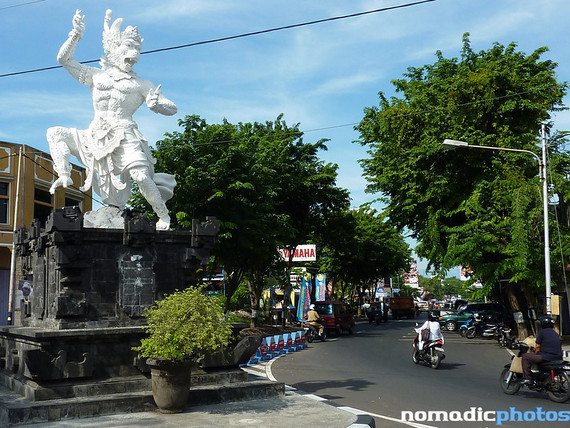
Where to shop more in Ubud?

• For Wind Chimes, check out Gogo, located near to Puri Padi.
•There are countless destinations for book lovers. For new books, check out Periplus Books, or if you want to try second hand books just to cut through your holiday, then Ganesha Bookshop is the place.
• Crazy about Pashmina shawls and beaded tops? Check out River Valley in Jl Monkey Forest Roast.
• If you wish to enrich your gemstone collection, then Ubud Beads is a great destination.


•For Indonesian antiques, masks, memorabilia, check out Murni's Warung. If you are lucky, you could find your hands on some classic Dutch colonial remnants.
• For the best of the sarongs available in Bali, visit Ibu Repin Shop located almost at the rear end of Moneky Forest Road. A non-descript location, it is the abode of excellent sarongs.



